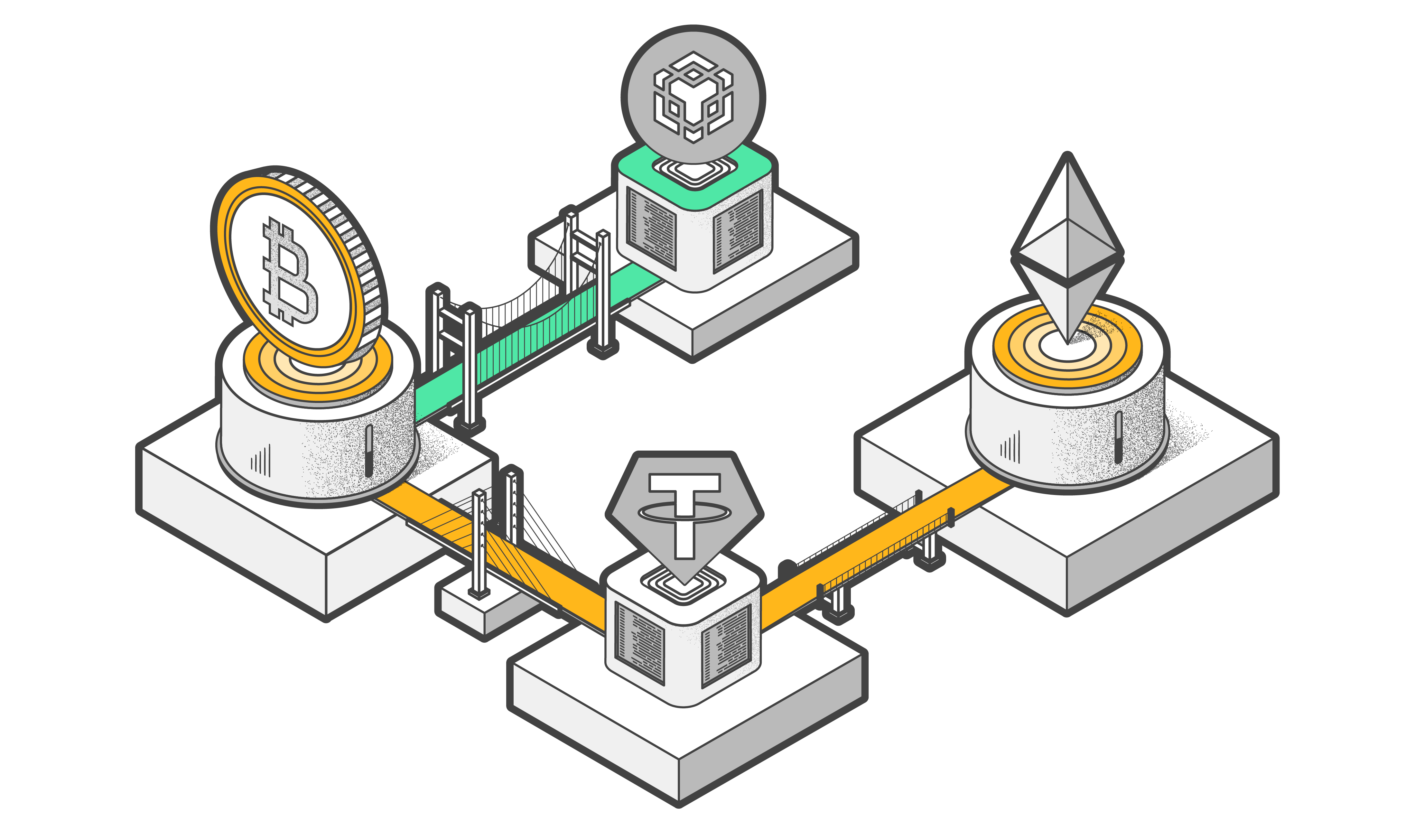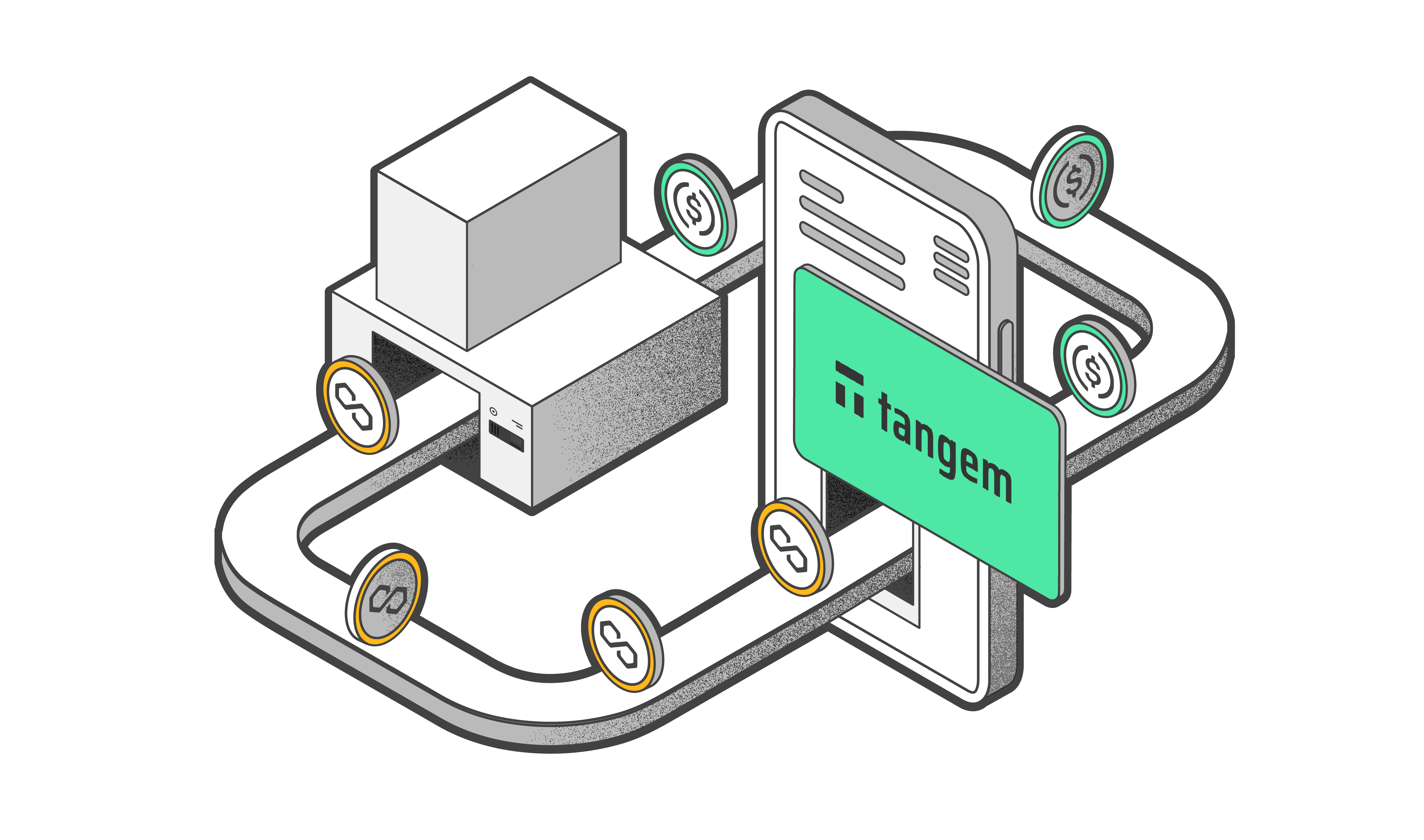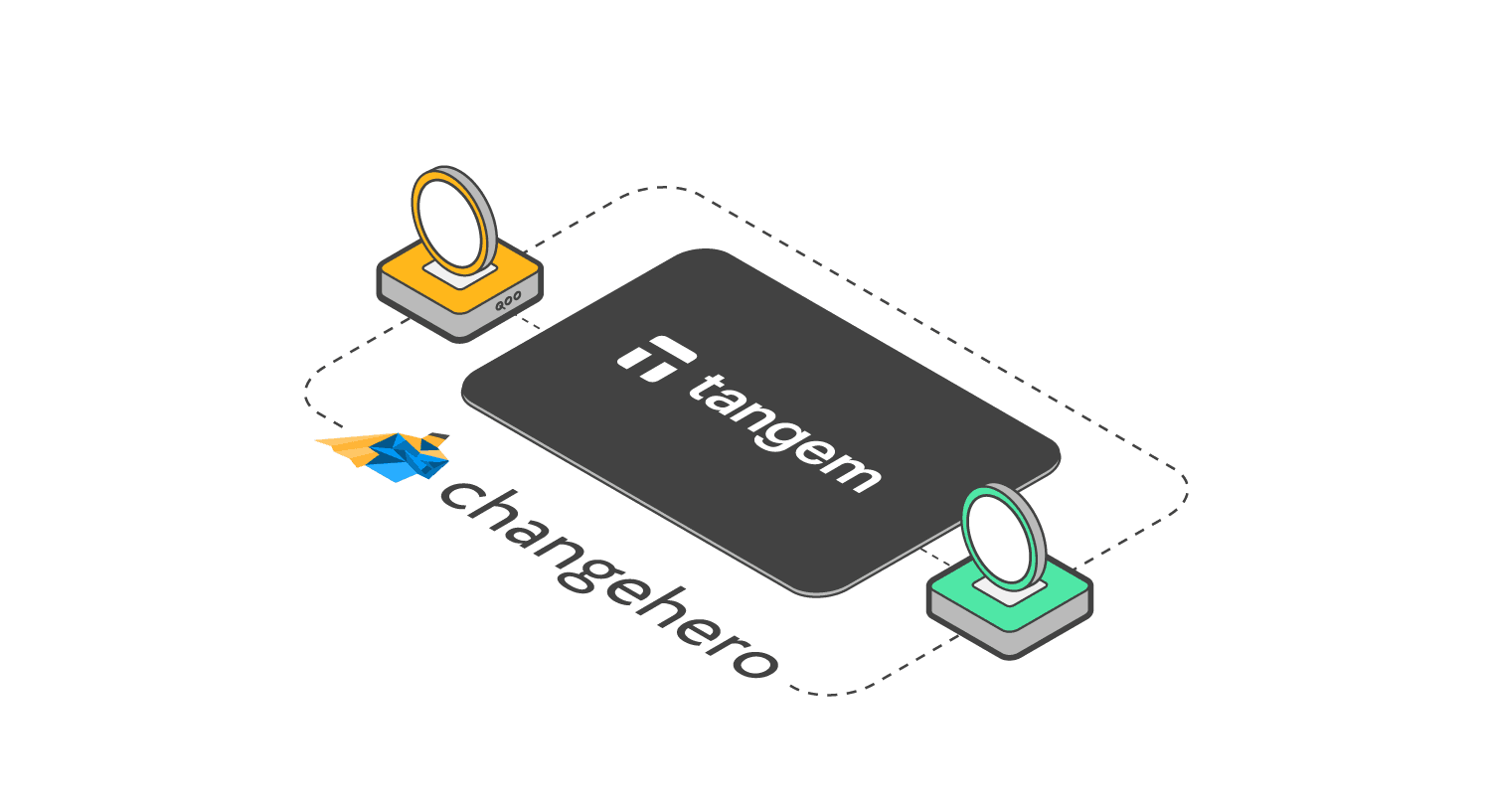
How Seedless Wallets Work

Security and independence are crucial in the crypto space, which has a history of fraud and scams. With many Bitcoin self-custody solutions available, including online, mobile, and hardware wallets, you must wonder why theft keeps happening.
The truth is that most non-custodial crypto wallets rely on seed phrases—a point of failure that users must either memorize or store fervently.
Seedless wallets like Tangem address this issue by eliminating seed phrases, enhancing both security and simplicity.
What is a seed phrase?
A seed phrase, or mnemonic phrase, is a set of 12 to 24 random words used to generate a private key for accessing a cryptocurrency wallet.

While seed phrases provide a simple recovery method, they also come with significant vulnerabilities; the greatest is phishing. We discussed other vulnerabilities in this post: Everything About Seed Phrases in Tangem Wallet.
What is a seedless wallet?
A seedless wallet is a cryptocurrency wallet that does not need a seed phrase for setup or recovery. Instead, it uses other cryptographic technologies for key generation and signing across multiple parties or devices.
Seedless wallets offer a safer and easier way to manage cryptocurrency than traditional seed phrases. They eliminate the risk of losing access through a single point of failure, which can happen with seed phrases. This approach helps make it simpler for everyone, especially newcomers, to handle their cryptocurrencies.
How seedless wallets work
Seedless wallets like the Tangem Wallet generate and secure private keys using a combination of hardware and cryptography. Here's a straightforward overview.
Private key generation
When setting it up, the Tangem Wallet's Hardware True Random Number Generator (TRNG) derives entropy from the physical, unpredictable variations in hardware components.
These could include:
- Thermal noise: Tiny fluctuations in voltage caused by heat at the transistor level.
- Electronic noise: Unpredictable variations in electrical currents due to quantum effects in the silicon.
- Oscillator jitter: Variations in the timing of high-frequency oscillators due to hardware imperfections.
These sources provide a truly unpredictable sequence of bits, forming the raw entropy.
In most seedless wallets, the TRNG applies conditioning algorithms, like a cryptographic hash function or whitening process, to remove any patterns or biases and ensure the output is uniformly distributed across all possible values.
Once the hardware TRNG has produced a high-quality random bit sequence, a 256-bit sequence is extracted from this random output.
For elliptic curve cryptography (ECC), the private key must be a valid scalar within a specific range. For secp256k1, which is used in Bitcoin and other cryptocurrencies. This means the private key must satisfy:
1≤k<n
Where:
- kkk is the private key.
- nnn is the order of the elliptic curve secp256k1 (a large prime number).
Since nnn is slightly less than 22562^{256}2^256, the raw 256-bit random value must be checked and adjusted to ensure it falls within the valid range:
If the random number is greater than or equal to nnn, it is discarded, and a new random number is generated. This process repeats until a valid key is found (this happens quickly since n is very close to 22562^{256}2^256, making rejection rare).
Private key storage
The validated 256-bit private key is permanently stored inside the secure chip's protected memory.
It cannot be extracted or exported in an unencrypted manner—it remains inside the chip at all times.
The private key is used to derive the public key with the formula:
P = k⋅G
Where:
- PPP is the public key (a point on the elliptic curve).
- kkk is the private key.
- GGG is the generator point of the secp256k1 curve.
The multiplication is performed using elliptic curve point multiplication, ensuring the process is one-way and irreversible.
Backup mechanism
Tangem backs up private keys by cloning them onto additional Tangem cards or rings. During this process, a secure communication channel is established between the cards using the Diffie-Hellman key exchange protocol.
Tangem Wallet provides a secure and user-friendly approach to managing cryptocurrency private keys without relying on seed phrases. Learn more about the Tangem process here: How Tangem Wallet backs up private keys.
Transaction signing
Seedless—and seedphrase—wallets perform transaction signing using the private key stored securely inside the chip—without ever exposing the key. The transaction signing occurs entirely within the chip, and the signed transaction is sent back to the user's phone using Near Field Communication (NFC), Bluetooth, or other non-internet methods. Here’s how it works.
- The user initiates a transaction in their crypto wallet app (e.g., sending Bitcoin).
- The app prepares the unsigned transaction, including the recipient's address, the amount to send, and the fee amount.
- The smartphone sends this unsigned transaction data to the wallet via NFC.
- Once the wallet receives the unsigned transaction, the chip’s processor verifies the transaction data.
- It retrieves the private key stored inside the secure element and uses an Elliptic Curve Digital Signature Algorithm (ECDSA) for Bitcoin and similar networks to generate a cryptographic signature.
- The private key never leaves the chip—only the digital signature is computed and returned.
- The chip sends the signed transaction back to the smartphone via NFC.
- The app then broadcasts the signed transaction to the blockchain network.
Why the seedless approach is the best
Seedless wallets are a much better alternative to seed phrase wallets. Over $200 billion in crypto assets alone have been lost due to mismanaged seed phrases, highlighting its vulnerability.
With seedless, you get these benefits:
- Better key management: Instead of relying on a single seed phrase, you can have multiple physical devices that do not expose your private key.
- Enhanced security
Seed phrases are vulnerable. They must be written down, stored securely, and kept away from prying eyes. If exposed, anyone can access your funds. With no seed phrase to worry about, your crypto remains secure against common threats like phishing attacks, physical theft of recovery phrases, or accidental exposure.
- Simplified user experience
Seed phrases can be intimidating for beginners. Misplacing or improperly storing a recovery phrase can lead to the permanent loss of funds. Tangem offers a backup solution through additional cards in case of loss or damage. Simply link multiple cards to the same wallet for easy access, ensuring redundancy without compromising security.
- Resistance to human error
Human error is a significant cause of crypto loss. Users often fail to recognize phishing attempts designed to steal them. With no seed phrase to lose or disclose, you are safeguarded against many avoidable mistakes.
Conclusion
Tangem redefines cryptocurrency storage by eliminating the seed phrase and solving long-standing security and usability issues. Whether you are a seasoned investor or a newcomer to crypto, our seedless design provides real peace of mind.










